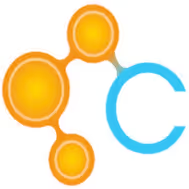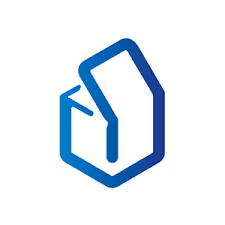What is visitor identification?
Visitor identification is a tool that detects and tracks visitors on your website to reveal who they are.
What can visitor identification do?
It shows visitor details like company, location, and behavior to help personalize marketing and sales efforts.
How does visitor identification work?
It uses IP addresses, cookies, and tracking pixels to gather visitor data and match it with databases.
Is visitor identification easy to set up?
Yes, most tools offer simple installation via GTM or JavaScript with minimal technical skills required.
Is visitor identification free?
Some tools offer free plans with limited features, but most full-featured options require payment.
What is the common visitor identification pricing?
Prices typically range from $50 to $300 per month depending on features and visitor volume.
What are the types of visitor identification?
Common types include IP-based identification, cookie tracking, behavior analysis, and CRM integration.
Does visitor identification work with email?
Yes, it often integrates with email systems to enrich leads and automate follow-ups.
What are the best visitor identification tools?
Popular tools include Leadfeeder, Clearbit, Albacross, and Visitor Queue for accurate visitor insights.
What are common visitor identification integrations?
It commonly integrates with CRM, marketing automation, email platforms, and analytics tools.

















































